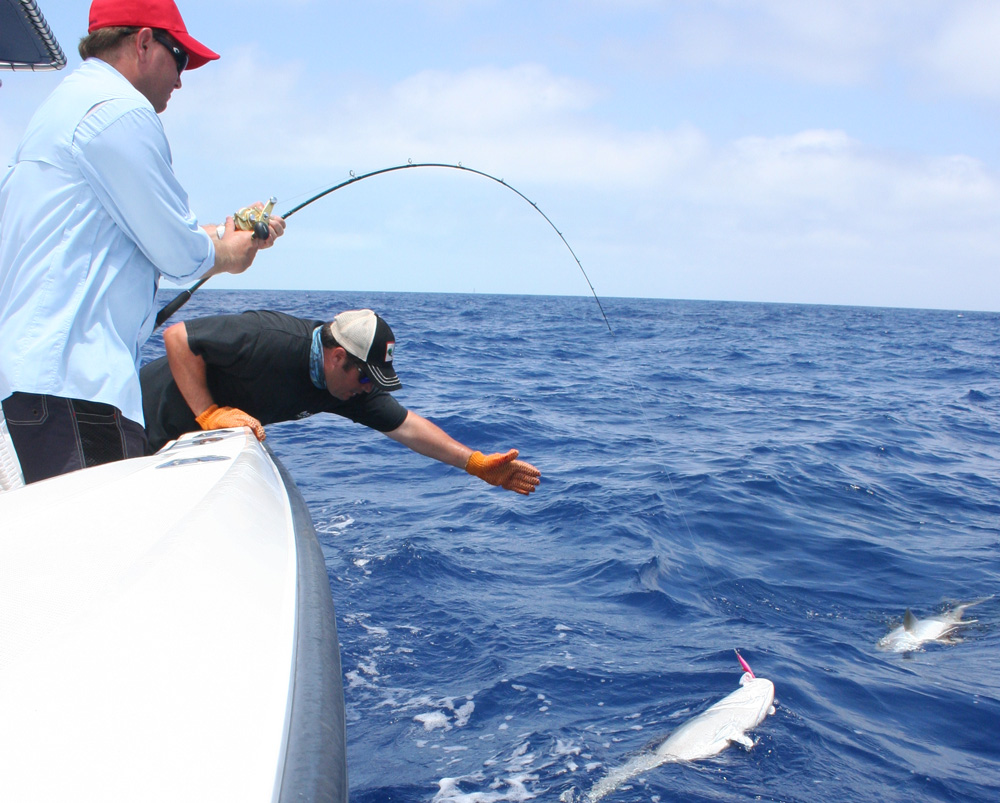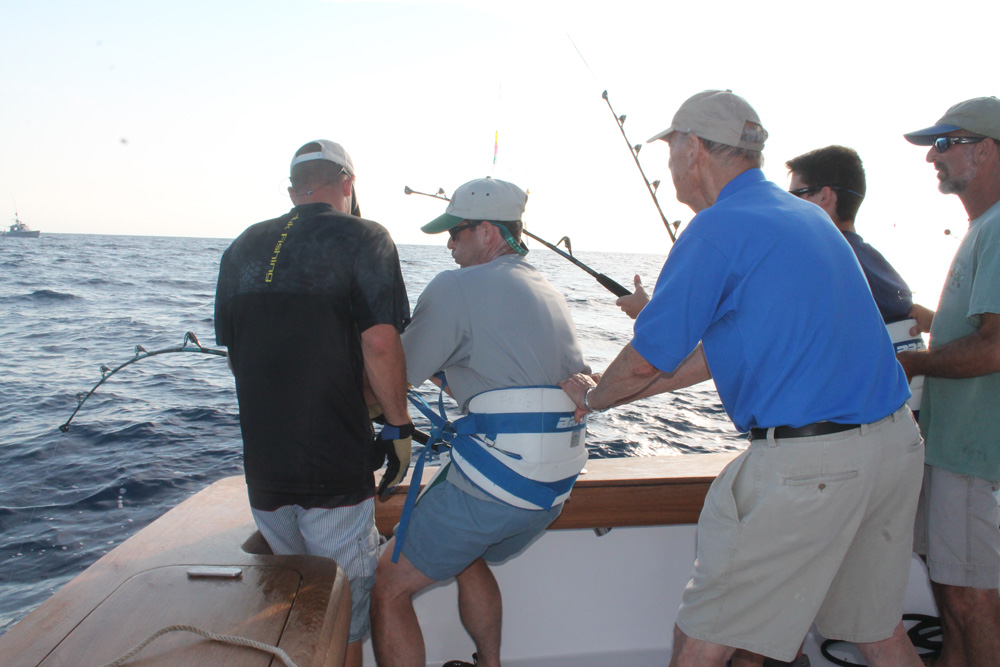Choosing the best fishing rod is no small task – walk through the door of any tackle shop, and you’ll be confronted with almost endless options. So, what should you base your decisions on? We’ll state outright that this all boils down to personal preference and there’s no “wrong” pick if a fishing rod feels perfect in your hands and you use it effectively. That said, here are the most important considerations to take into account before you make any decisions in your quest to find the right fishing rod.

Length – Longer rods provide more casting distance, but they’re also more difficult to stow and transport, are more prone to damage both during transport and while in use, and in the hands of kids or neophytes are more dangerous since they have a larger “arc of destruction” during casts. When big gamefish are involved, also remember that longer rods have a longer fulcrum and can make extended battles more tiring.
Rated Weight Class – All rods are rated to line test, and the manufacturer’s stamp gives you a pretty good indication of what class a rod is appropriate for. Rated lure weight is a more arbitrary number, though, and should usually be more or less ignored – what you feel is ideal for slinging a one-ounce jig and what I feel is ideal for the very same lure is likely to be quite different.
Material – Mostly you’ll be choosing between graphite and fiberglass, and the vast majority of the rods out there are some combination between these two materials. Bottom line: graphite is more sensitive, but fiberglass is much more rugged. You’ll notice that most charter boats, which work their gear hard and hand it off to people of various skill levels, are usually fiberglass. Side note: fiberglass is also cheaper.
Guides - You’ll see guides with aluminum-oxide or ceramic inserts, which reduce line wear. The down-side to guide liners is that they can become damaged or pop out, making a rod temporarily unusable. You’ll also see some guides (usually on less expensive, fiberglass rods) that are straight stainless-steel. These are cheaper and more likely to take a toll on your line over the long term, but are much less prone to damage.
Action – Rods are rated by fast, medium, and slow action, or an intermediate combination (such as medium-fast). The faster a rod’s action, the less bending it does as you move away from the tip. A super-slow action rod will bend all the way back to the grip. While fishing, you’ll feel the difference in how quickly the tip returns to form. Jig with a fast-action rod, for example, and the bend comes out of the rod in a fraction of a second. This is great for fast hook-sets and maximizing sensitivity. Jig with a slow-action rod and it’ll always seem to be in some stage of bending, then will bend even more on a hook-set, reducing both sensitivity and the amount of power transferred down the line and to the hook.
A slow action can be advantageous, however, in many circumstances. When bait fishing with a rod in a holder, for example, and a fish hits hard and suddenly, the rod absorbs some of the shock. For the same reason, a slow action rod can be advantageous when fishing for species like sea trout or kingfish, which have weak mouths that are easy to tear the hook out of. Slow action rods also provide a bit more casting distance, thanks to the sling-shot effect. And when fishing topwater, using a rod with too fast an action can cause the lure to skip and cart-wheel.
Handles, Grips, and Butts – When it comes to handles, grips, and butts, there are three things to consider: length, material, and gimbaled- or smooth-butt. As far as length goes, a longer handle provides more leverage during the fight as you can either lock it against your forearm or jam it into your gut. It can also provide more leverage for two-handed casts. But a handle that’s too long can be unwieldy, and get tangled in your clothing.
As far as materials go, you’ll see mostly cork and neoprene. Both are relatively rugged, both are light, and both maintain a decent grip when slimed. Which is “best” is truly a matter of personal preference and we could argue all day over it without ever reaching a solid conclusion.

Trollers and big-game anglers using rod belts need gimbaled butts, which lock into place on gimbal pins in holders and fighting belts. Everyone else will be miserable with them, as soon as they try jamming the butt into their gut while fighting a fish. Ouch. Multi-use rods often have gimbaled butts with smooth slide-on caps, which are great, but those caps are also easy to lose and sometimes get jammed into a rodholder.
Armed with this knowledge, can you now go out and choose the right fishing rod for whatever type of fishing you plan to do? Heck no. You need to try out countless rods and over time, form your own opinions. Remember: in the long run, it all boils down to personal preference.
See our video of the Best New Rods of 2023:
Fishing Rod Buying Tips
- Stay away from pre-packaged combos, which are often designed and packaged more for selling than for fishing.
- Remember that like most things, you get what you pay for. Don’t expect a $50 rod to have amazing sensitivity. It won’t.
- Seat the reel you plan to use on the rod you’re considering, to get a feel for how it balances. Choosing by eyeballing doesn’t usually turn out well.
- Choose the right fishing rod for specific types of fishing, and plan on building an entire arsenal. One-size-fits-all rods aren’t ideal for any one thing and will rarely prove effective for more than one or two particular tasks.